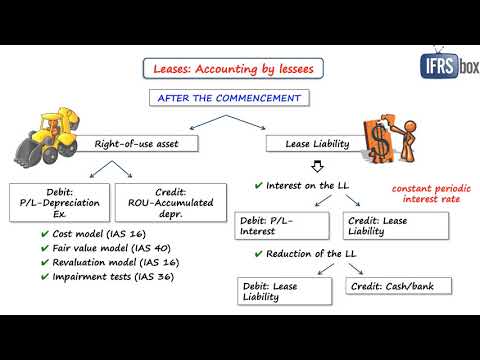Financial Ratio Analysis: Definition, Types, Examples, and How to Use

Therefore, it is useful for how much should you be spending on marketing inventory reordering and understanding the conversion cycle. The former may trend upwards in the future, while the latter may trend downwards until each aligns with its intrinsic value. Our writing and editorial staff are a team of experts holding advanced financial designations and have written for most major financial media publications. Our work has been directly cited by organizations including Entrepreneur, Business Insider, Investopedia, Forbes, CNBC, and many others.
They include marketable securities, government bonds, foreign currencies, and treasury bills. Cash can be on hand or held in various bank accounts and savings vehicles. They include shares held by company employees and institutional investors. The number can fluctuate when employees exercise stock options or if the company issues more shares. Amanda Bellucco-Chatham is an editor, writer, and fact-checker with years of experience researching personal finance topics.
Gross Margin and Operating Margin
The cash flow coverage ratio is the sum of operation cash flows divided by the company’s total debt. The current ratio formula is a company’s current assets divided by its current liabilities. The quick ratio formula is a company’s quick assets divided by its current liabilities. Like the quick ratio, the current ratio uses your asset and liability totals, but in this case, they are used to determine the ability of your company to pay long-term debt.
Do you already work with a financial advisor?
Several financial statement analysis tools exist how do banks make money – one of the more popular methods is the accounting ratio. Using simple ratios is a good way to keep an eye on the financial health and performance of your business. They can also help to signal when a business may be headed in the wrong direction. Here are a few accounting ratios you can easily calculate that provide you with the information you need. ROCE shows the company’s efficiency concerning generating profits compared to the funds invested in the business.
- The most common liquidity ratios are the current ratio and the quick ratio.
- Accounting ratios are a crucial tool for analyzing financial statements – they compare the connection between two figures in your financials.
- Businesses should have at least a one-to-one ratio, meaning you’d have as much (or more) in assets than liabilities.
- This process called ratio analysis allows a company to gain better insights to how it is performing over time, against competition, and against internal goals.
Analysis of Long-Term Financial Position or Test of Solvency
Though some benchmarks are set externally (discussed below), ratio analysis is often not a required aspect of budgeting or planning. Ratios are comparison points for companies and are not generally used in isolation. Instead, they are compared either to past ratios for the same company or to the same ratio from other companies. Liquid assets include cash and anything that can be easily converted to cash.

Managerial accountants keep track of their company’s financial health throughout the year. We’re firm believers in the Golden Rule, which is why editorial army publishing directorate opinions are ours alone and have not been previously reviewed, approved, or endorsed by included advertisers. The Ascent, a Motley Fool service, does not cover all offers on the market.
To understand a company’s stock valuation, divide the stock price by the earnings per share. A debt ratio greater than 1 means a large number of a company’s assets are funded by debt. This could indicate a greater risk of loan default, especially if interest rates rise. The return on equity (ROE) ratio assesses the value shareholders create. It’s a gauge of profitability and how efficiently a company generates profits.
Accounting ratios measure your organization’s profitability and liquidity and can show if it’s experiencing financial problems. You can use them quarterly or annually, depending on your business type. They offer quick ways to evaluate your company’s financial condition and identify trends and other data to guide critical business decisions. The price/earning (PE) ratio provides context into the company’s stock valuation. The PE ratio measures a company’s share price with its earnings per share, indicating whether the stock is cheap or expensive relative to its earnings. The debt to equity ratio measures a company’s leverage or capacity to repay its financial obligations.
These ratios also help in identify problem areas and design strategies for improvement depending of the urgency of the problems. This can be combined with additional ratios to learn more about the companies in question. If ABC has a P/E ratio of 100 and DEF has a P/E ratio of 10, that means investors are willing to pay $100 per $1 of earnings ABC generates and only $10 per $1 of earnings DEF generates. When performing ratio analysis over time, be mindful of seasonality and how temporary fluctuations may impact month-over-month ratio calculations.
